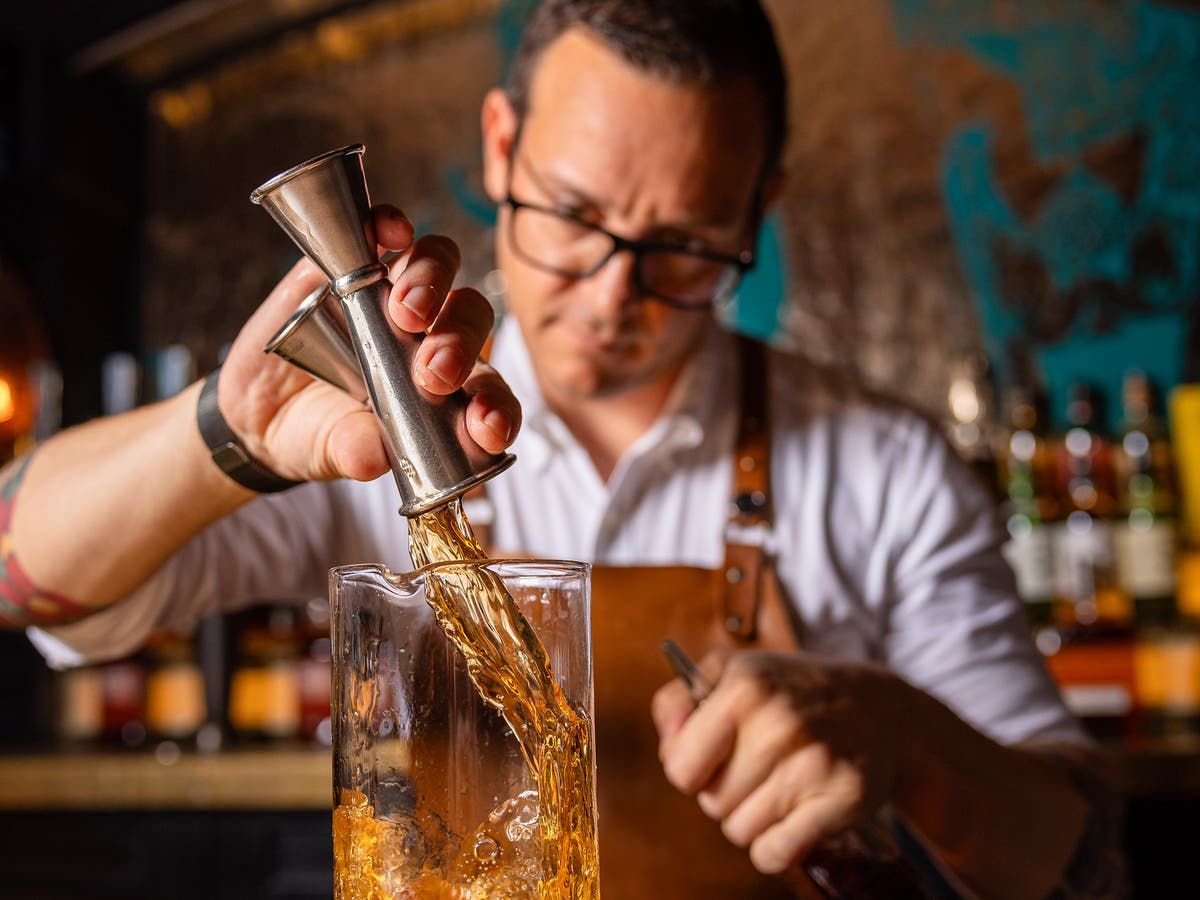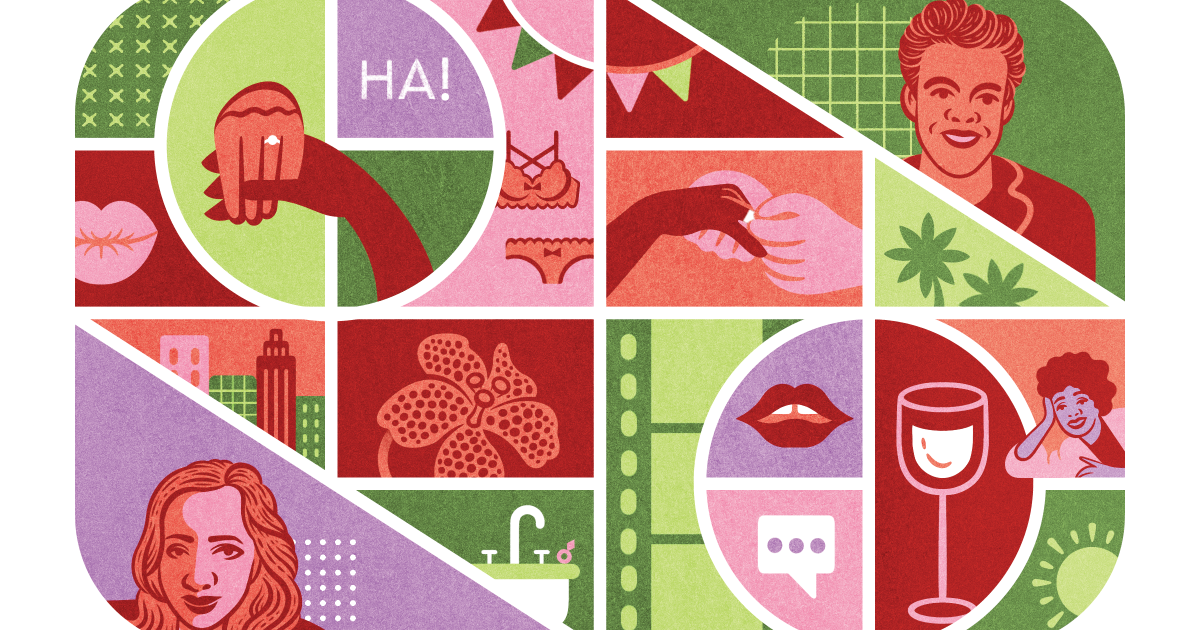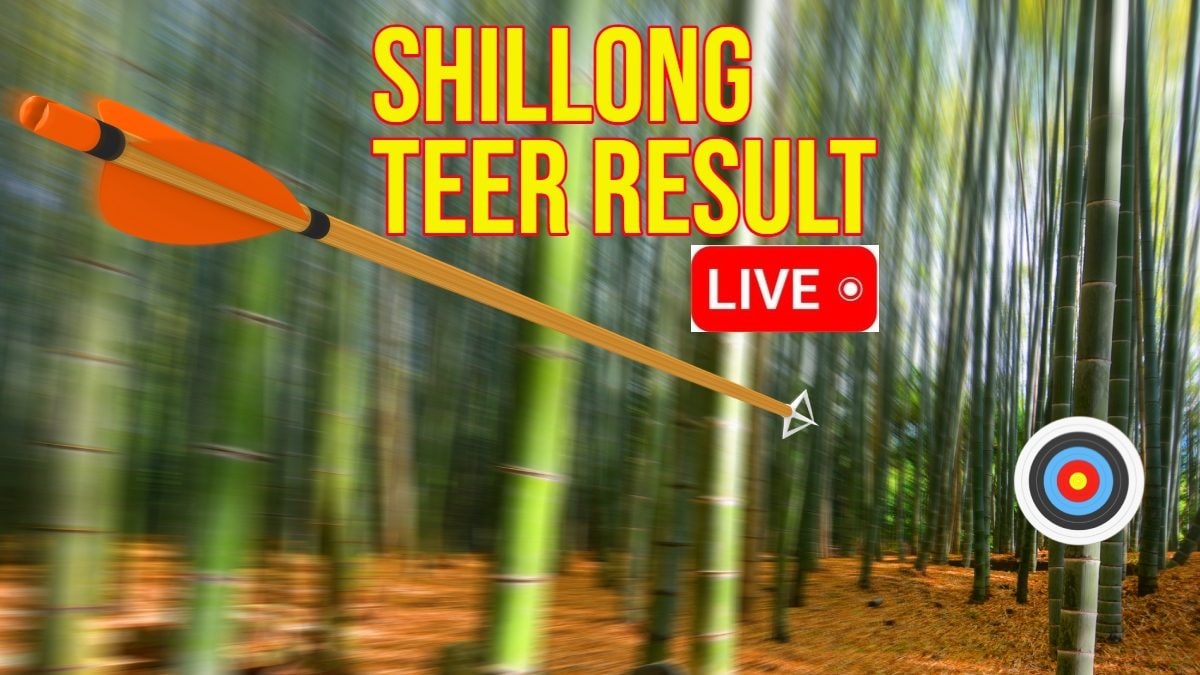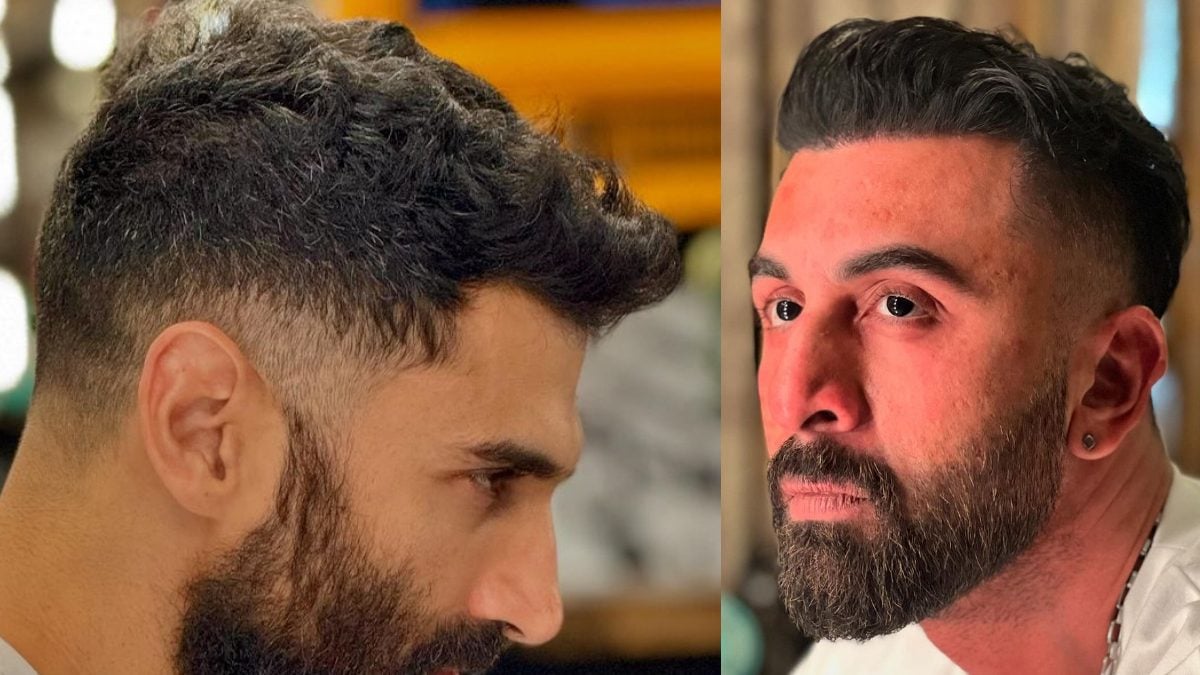GRAMDrinking alcohol, whether for a month, a year, or a lifetime, is difficult at the best of times. After-work pints, Friday nights out and catching up over a glass of wine (or three) are as ingrained in the British psyche as sarcasm, complaining about the weather and judging Americans for how they prepare their lunch. tea.
Being sober as a bartender? Well, now you’re playing in the big leagues.
After two years, Davide Segat, bar manager at NoMad London, has learned to live with his sobriety and the difficulties that still come with it. “At first I felt very ashamed,” he tells me, a few days before his trip to Australia for a two-week respite. After the busy Christmas period, you need one. “As a professional, I must be the one who knows the cause, the effects and how to control it. “I should be the example of how alcohol is maintained and I couldn’t do it.”
Having worked in London bars for 20 years, alcohol was, and still is, a big part of Segat’s life, but he had “always been a big drinker”. Just before the pandemic, his drinking had begun to spiral out of control. A big job that required him to travel around the world for weeks, from the United States to Japan to China, added to the pressure. “My drinking started to change. [from a profession] in fun, in more of a mood regulator,” he says. “I remember I had a big, high-pressure meeting. There was a lot to do and I felt stressed and depressed. “I medicated myself with drink.”
Being on the road only accentuated the problem. Industry colleagues would offer to give him a tour of their favorite spots and drinks in new cities, which, in an effort to keep up and stay relevant, turned into great back-to-back nights on the trot. Previously, he “had denied that he really had a dark side, which everyone should know about. And I touched that side,” says Segat, originally from Portogruaro, near Venice, Italy. He began missing important deadlines and adopted a drinking pattern to relieve the stress caused by his alcohol consumption, with all the consequences that come with it.
After being laid off during the pandemic and subsequently losing a great relationship, “he felt in a very bad place. He was very depressed, he felt like he had nothing. I tried to control [my drinking] at first. I tried to moderate it. But it was not possible.” After trying to control it (taking days off, avoiding spirits, or limiting the number of drinks per night) without much success, Segat decided to quit completely, first for a few weeks, then eight months, and “now I’m two years sober.”
It hasn’t been easy (it never is), but working in an industry entirely dedicated to this product, turning down a drink was more of a psychological challenge, he says.
Segat develops NoMad’s non-alcoholic drinks from scratch
(Nomadic)
Most of the pressure came from inside. “I thought: how can I do my job if I don’t drink? Or how can I be so close to alcohol if I don’t drink? The hardest part was dealing with the social stigma that often accompanies the decision to stop drinking, facing questions like “Why? What happened?” or “Come on, it’s just a glass” and “It’s okay if you don’t wake up and need a drink.” Of course, there are many ways to be dependent on alcohol that don’t involve drinking in the morning.
Now he realizes that most of the time it was all in his head. “I thought everyone would think less of me or judge me because I don’t drink,” she says, but “in reality, people don’t think about it as much as you might imagine.” He would sometimes tell people who wouldn’t let him through that it was just a month-long experiment, or that he was training for a marathon, which nipped any further questioning in the bud. Sometimes he would even make up a funny story, like “the last time I drank I woke up naked outside my house.” Not to trivialize addiction, it was an easy tactic to deploy against those detractors, who he said perhaps “felt challenged” because they were “trying to normalize their own alcohol consumption.”
At first “I was very shy about it. It was difficult to talk about it. He took me all the way through my first year. [of sobriety] get over that,” he says. “But now, after two years, I can literally talk about anything. And if it helps just one person, well… it’s definitely worth it.”
At first there was a lot of shame. As a professional, I must be the one who knows the cause, the effects and how to control it. I should be the example of how alcohol is maintained and I couldn’t do it.
Davide Segat, NoMad bar manager
She says surrounding herself with like-minded people who supported her decision instead of questioning it was an important step in overcoming that fear. Those people are “really happy for you. Because if they know you and know that maybe you drink too much, they’ll look at what you’re doing and say, ‘Well done.’ How I can help?’ Those are the people you want around you.”
With many small steps, discipline and patience, Segat slowly began to accept his new reality. The benefits were obvious. “It was clear that he was more focused, he was more productive, he was more precise,” he says. He slept better, woke up with a clear head, and completed his to-do lists faster. He began recording how he felt every day (the good and the bad), a mental exercise he recommends to anyone beginning their journey toward sobriety.
“I found that small, small, and possibly even meaningless rewards helped tremendously,” she says, adding that having an app that tracks how many days you’ve gone without drinking will help you stay on track. “You’ll say, ‘Oh, it’s been a week.’ Then it’s two weeks, that’s only half of a month.” A philosophy of small victories will keep you motivated. Then there’s the obvious: swapping those activities that normally involve drinking for things like exercising, going for a walk, or hobbies. Your biggest advice? “Be kind to yourself.”
In some ways it’s fortuitous that Segat’s sobriety has come at a time when drinking less is more widely accepted. New research from Alcohol Change UK, the charity behind Dry January, shows that 30 per cent of men and 26 per cent of women (they have to put up with men, after all) would like to cut back. of alcohol they drink in 2024, and one in six adults plans to be sober during that month.
As a bartender, Segat has noticed that “people feel more accepted to come and sit at a cocktail bar and say, ‘I’m not going to drink.’ Instead of “I’m not going to drink, I shouldn’t go to a bar.” It’s like, no! You can come, it’s okay. The waiter will be sober and then we will have something to talk about,” he jokes. He is quick to add that there’s nothing wrong with enjoying a drink. “I’m not here to preach. There is nothing wrong with a glass of champagne for a celebration, wine for food, beer on a hot day or a well-crafted cocktail,” he says. “The problem is when you start touching the dark side. It went wrong for me and I had to find a solution. It can happen and people should be aware. That’s all.”
Segat’s advice for getting sober
keep a record
Get an app to track how many days you’ve gone without drinking. Before you know it, you’ll have done a week, then two, that’s half a month, and so on. Focusing on small victories like this can help you stay motivated to achieve your goal.
Take notes
Keep a journal of how you feel, both on good days and bad. That way, when you’re tempted to reach for a drink, you can remember how good you’ve felt on your journey to sobriety.
make exchanges
Switch from activities that normally involve drinking to things like exercising, taking a walk in nature, or starting a hobby. You can even get your friends involved. Once you realize that you can enjoy these little things, you won’t feel as motivated to drink.
Get support
Surround yourself with people who understand and support your decision to stay sober. Those people will be really happy for you and ask how they can help you. If you’re not ready to be totally honest with people, it’s okay to say you’re training for a marathon or make up a funny story.
For those who are completely sober, curious about sobriety, or just having a dry night, non-alcoholic options at drinking establishments have come a long way in recent years. “We’ve evolved tremendously and non-alcoholic options are now very strong,” says Segat, but it’s not just about taking the alcohol out of a classic cocktail. “In our bar, non-alcoholic drinks are made separately. The same amount of work goes into drinking. It’s not just nonsense, I’m not just cutting out alcohol. “The balance is completely wrong and it just doesn’t work.”
At NoMad, where Segat runs the main bar and restaurant as well as Side Hustle, he recommends El Diablito, a “very nice, easy ginger drink” made with ginger, hibiscus, lime and soda. “It still looks great and is one of our best sellers.” Or the Peter Piper, which features tropical flavors like pineapple and passion fruit, but mixed with white balsamic vinegar, soda, and black pepper. “It looks exactly the same and people wouldn’t know you’re not drinking, if you want to be discreet about it.”
Segat is more “pro nonalcoholic than low alcohol.” He’s seen regulars at the bar order a strong drink, like a martini, and follow it up with a low-alcohol cocktail, rinse and repeat, to keep up. “For me, it’s easier to say no when I’m trying to control it,” she says, “because otherwise it’s very hard to keep track. “That’s just my personal choice.”
Segat has even started tasting drinks and discreetly spitting them into the sink behind the bar. Just as a sommelier does before serving wine: “I taste every drink because, you know, we might make a mistake, an ingredient might be wrong or we might have forgotten an ingredient. You don’t notice it in high volume environments. “You can’t deliver a drink without knowing what it contains.” It is not something I recommend if you have difficulties or still have physical dependence, but “it works for me.”
So giving up alcohol hasn’t affected his ability to serve a decent drink, and perhaps, given all the benefits that come with his sobriety, punters might be better off.
Mocktail Recipes to Try This Dry January
Non-alcoholic Manhattan
Ingredients:
1 teaspoon cold beer
0.25 oz/7.5 ml hot maple
0.25 oz/7.5 ml Amaerna cherry juice
0.5oz/15ml Verjus
0.5oz/15ml Three Spirit Sleeping Cap
1oz/30ml seed lip spice
Method:
Stir all the ingredients in a Nick and Nora glass. Garnish with a cherry skewer.
Pedro piper
Ingredients:
6oz/180ml White Balsamic Spritzes
0.5 oz/15 ml lime juice
0.5 oz/15 ml passion fruit juice
0.5 oz/15 ml black pepper
0.75 oz/22.5 ml pineapple
1.5 oz/75 ml pineapple sodaMethod:
Place the ingredients apart from the soda in a cocktail shaker with a small amount of crushed ice. Whisk the smoothie to combine and then pour into the glass. Add soda and top with crushed ice. Garnish with two pineapple leaves and black pepper.












